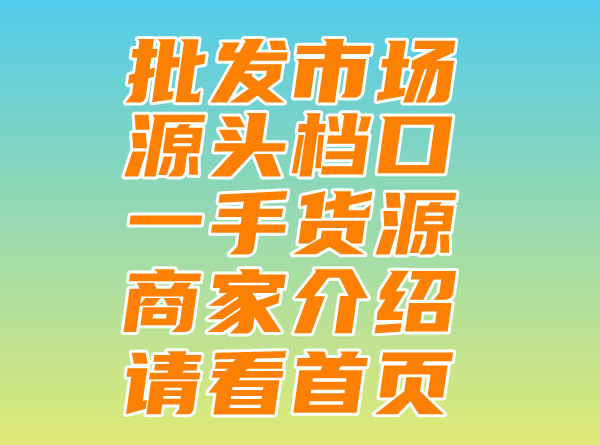Luxury Brands Under Copycats' Spotlight: Embracing the Plagiarism Dilemma.
Luxury Brands Under Copycats' Spotlight: Embracing the Plagiarism Dilemma.,
Luxury Brands Under the Spotlight: The Impact of Copycats
The Rise of Copycats and Its Impact on Luxury Brands
In the world of high fashion and luxury goods, copycats have long been a prevalent phenomenon. As popular and exclusive brands continue to grow in popularity, their designs and styles become targets for imitation. From handbags to footwear, accessories to clothing lines, luxury brands are increasingly facing the challenge of being replicated by lower-cost manufacturers. This trend not only affects the reputation of these luxury brands but also poses a significant threat to their financial stability.The rise of copycats is fueled by several factors. Firstly, the demand for luxury goods remains high, with consumers willing to pay premium prices for exclusive designs and quality. However, the availability of low-cost alternatives that mimic the look and feel of luxury brands is attracting a significant consumer base. This shift has resulted in a rise in the number of counterfeit products entering the market, further eroding the position of luxury brands.
The Impact on Brand Image and Financial Stability
The impact of being imitated on luxury brands is profound. Firstly, it affects their brand image. Luxury brands are associated with quality, uniqueness, and exclusive designs. When these elements are replicated by lower-cost manufacturers, it dilutes the uniqueness of the original brand and undermines its position in the market. Additionally, it creates a negative perception among consumers, who may start to question the authenticity and value of luxury goods. Moreover, the financial implications are severe. Luxury brands rely on premium pricing to generate profits. However, with the influx of low-cost alternatives, consumers are increasingly turning to these options, leading to a decline in sales for luxury brands. This decline not only affects their revenue but also their ability to invest in research and development, marketing, and other critical areas that drive growth. In extreme cases, it can even lead to the collapse of the brand.To counter this threat, luxury brands need to adopt several strategies. Firstly, they must invest in creating unique and exclusive designs that are difficult to replicate. By focusing on innovation and quality, they can ensure that their products remain unique and appealing to consumers. Additionally, they should strengthen their anti-counterfeiting measures to ensure that their products are not being replicated and distributed illegally.
In conclusion, the rise of copycats has posed a significant challenge to luxury brands. They need to adapt to this changing landscape by focusing on innovation, quality, and anti-counterfeiting measures to safeguard their position in the market.

- "Luxury Bag Brand Replication: The Story of Replica Luxury Bags"
- Affordable Luxury Fashion: The Rise of Replica Luxury Clothing
- Title: "The Realm of Realistic Luxury: Authentic Luxury Replicas"
- Luxury Women's Jacket Knockoffs: A Fashion Story.
- Luxury Brand High-End Replica Women's Fashion.
- Luxury Brand Knockoffs: The仿真探索
- Luxury Replica Men's Fashion: The Ultimate Guide to Stylish Wear推荐奢侈仿品男装风格指南
- Luxury T-Shirt Replica Images: High Quality Prints.


